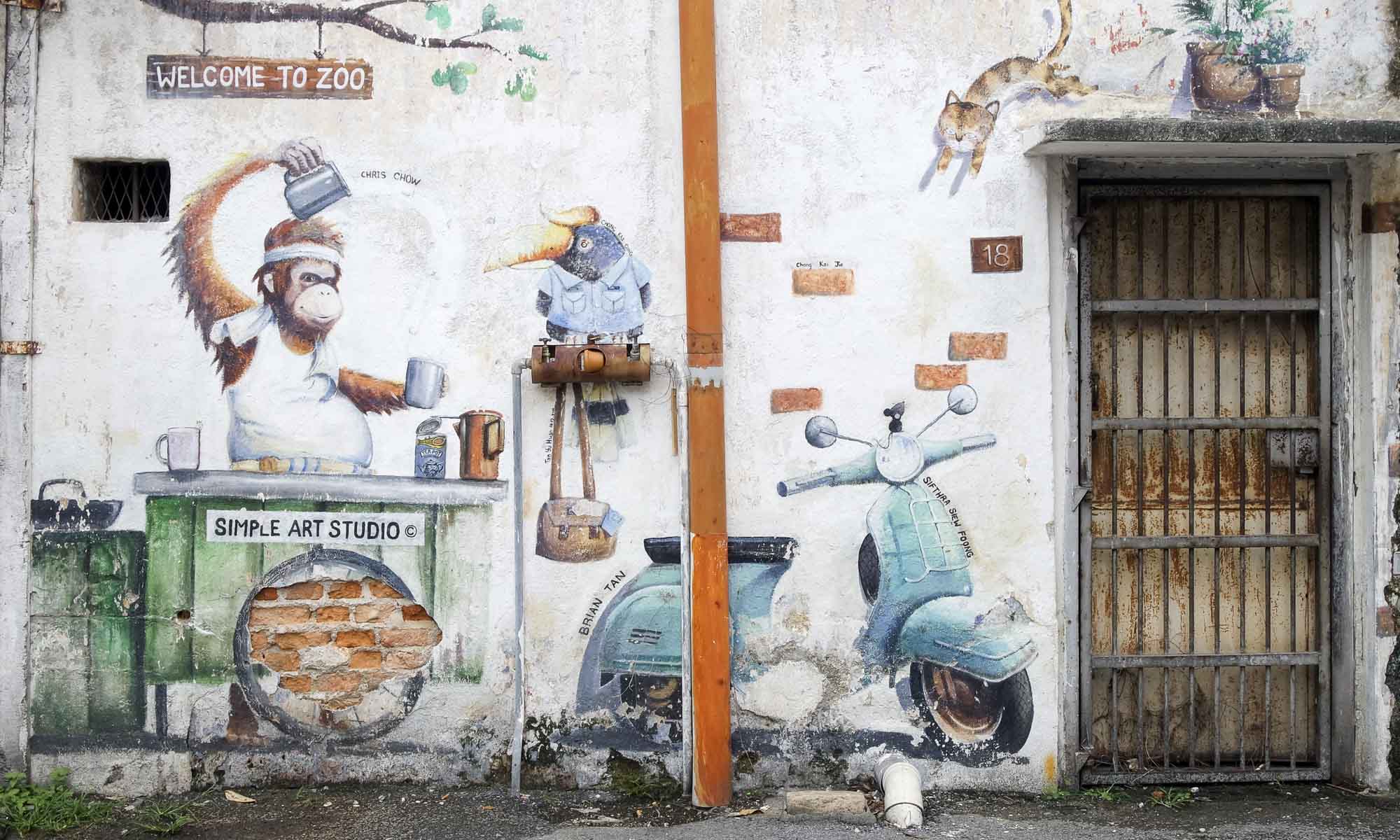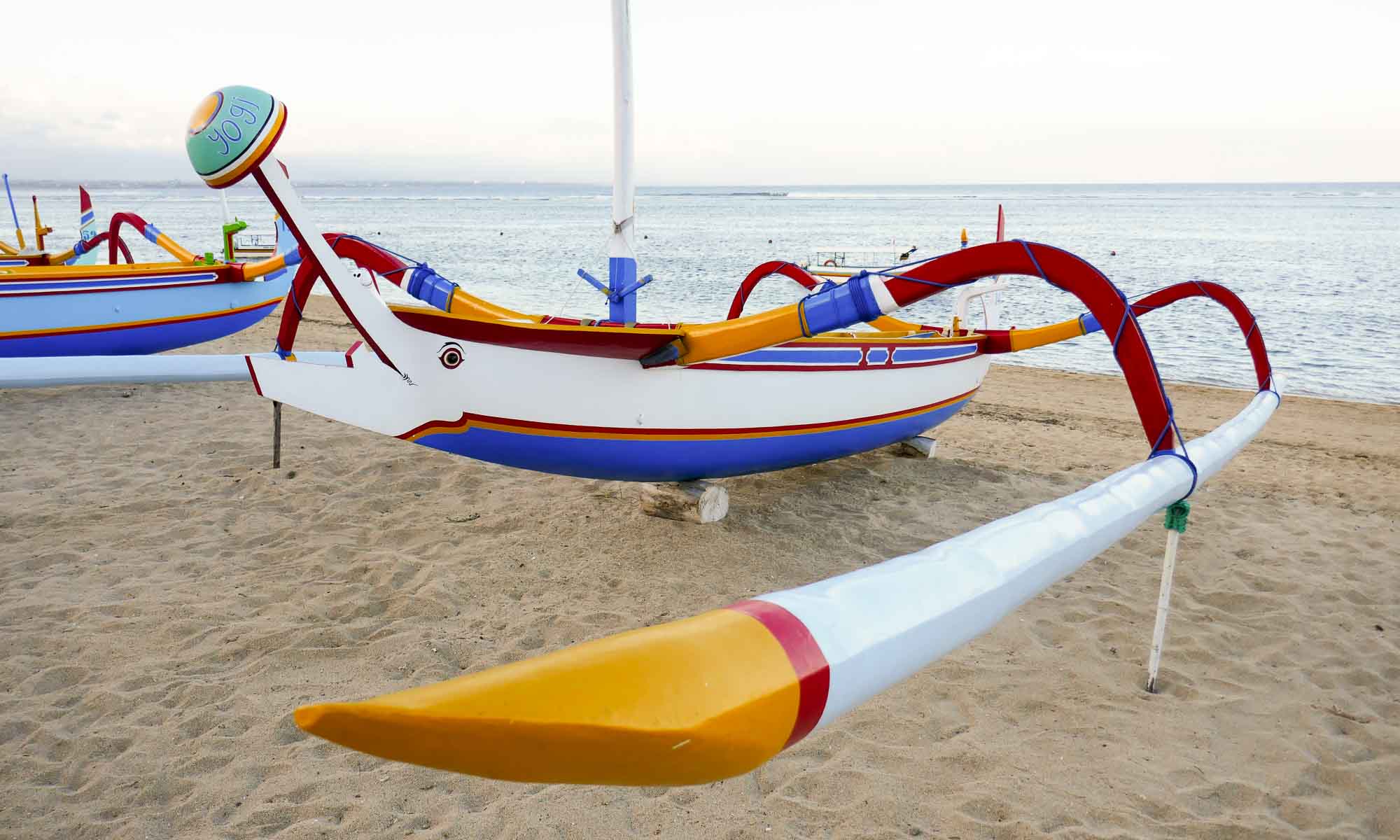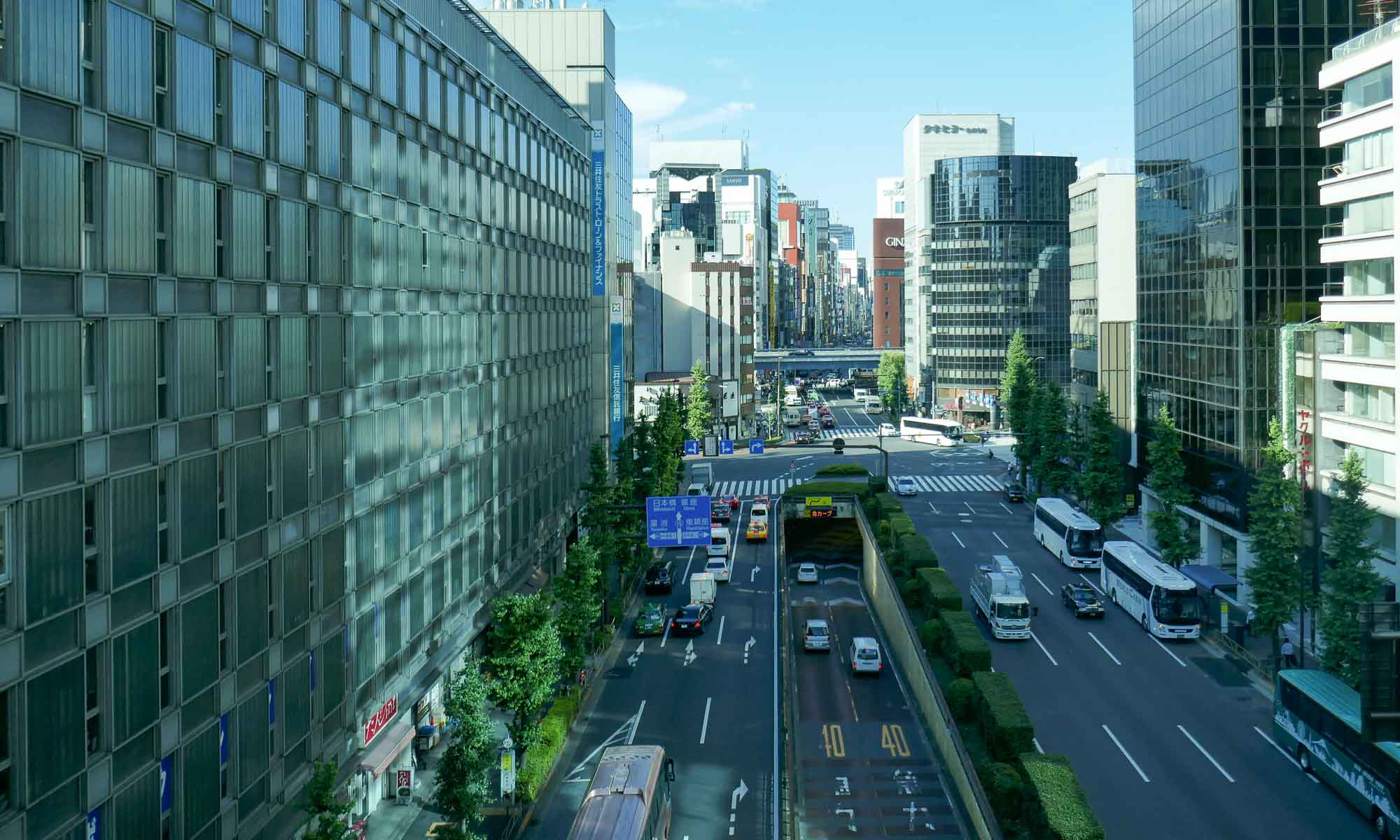After returning from Borneo, we made our way up to Ipoh on the train from KL. From our point of view, Ipoh was to purely be a stopping point where we would rent a car to get to Cameron Highlands. However, after talking to a number of Malaysian friends, it was clear that we had not planned enough time to see all Ipoh had to offer.
Ipoh, the third largest city in Malaysia, historically experienced periods of growth due to its location in the tin bearing valley. It is divided into an old town and new town by the Kinta river and was made the capital of Perak in 1937. More than half of the old town was destroyed by a fire in 1892 and was rebuilt shortly after in a grid pattern, which makes it easy to navigate. Walking through the old town it is common to see the interior of some of the old buildings transformed into cute boutiques and cafes. Ipoh is known for its cuisine and coffee, particularly “white coffee” which is coffee beans roasted with palm oil margarine and served with condensed milk.

Ipoh highlights
With just a few hours in Ipoh we spent all our time walking around the old town and did not get to venture into the new town. On top of our list was the street art.
Ipoh street art
The street art is a mixture of work done by Ernest Zachrevic and other local artists, using the walls of old rundown buildings as their canvas in a bid to add new life to the old town. Most hotels will provide a walking tour map of the street art, which is quite easy to follow. The walk took us just over an hour, though with the ever increasing number of new murals, I am sure that we missed some.
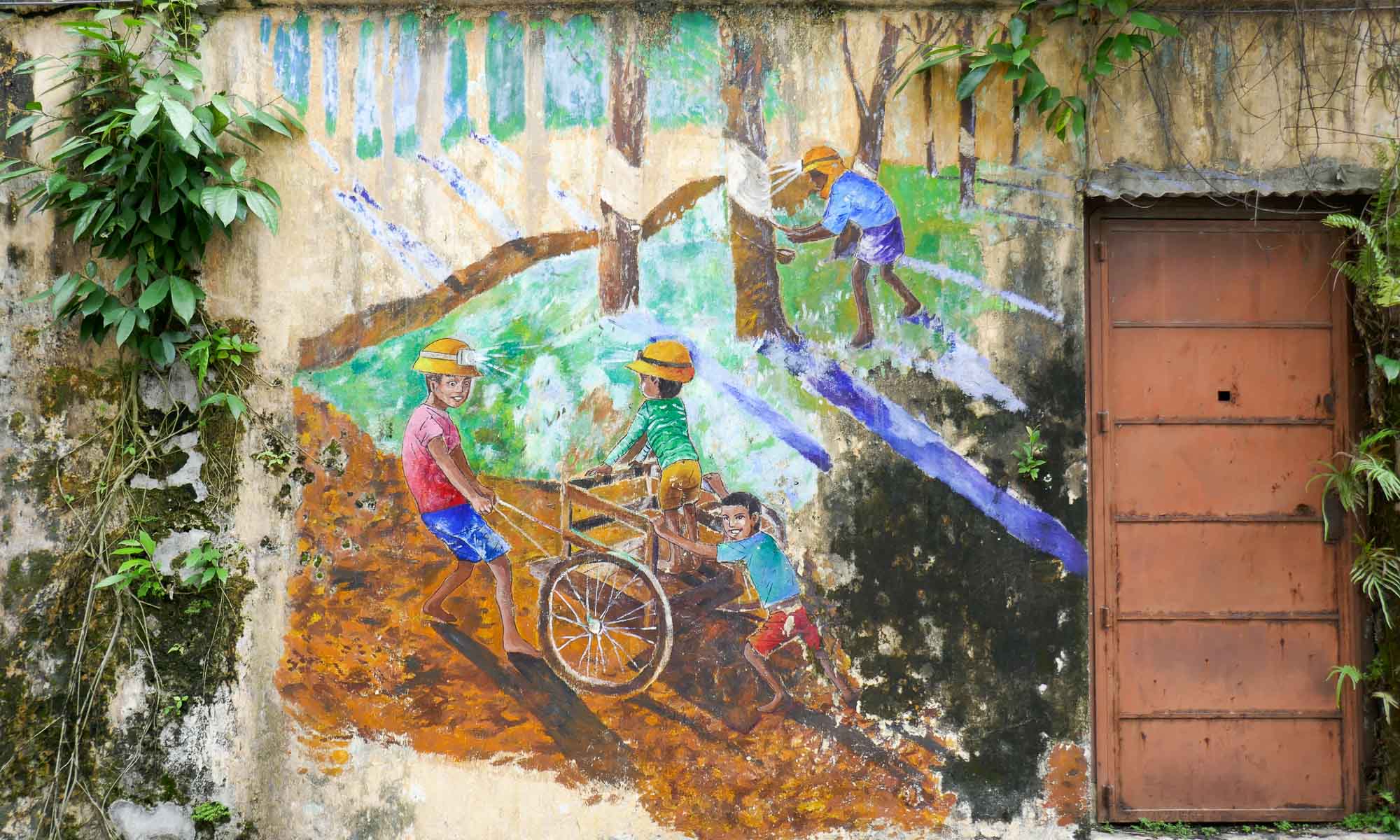
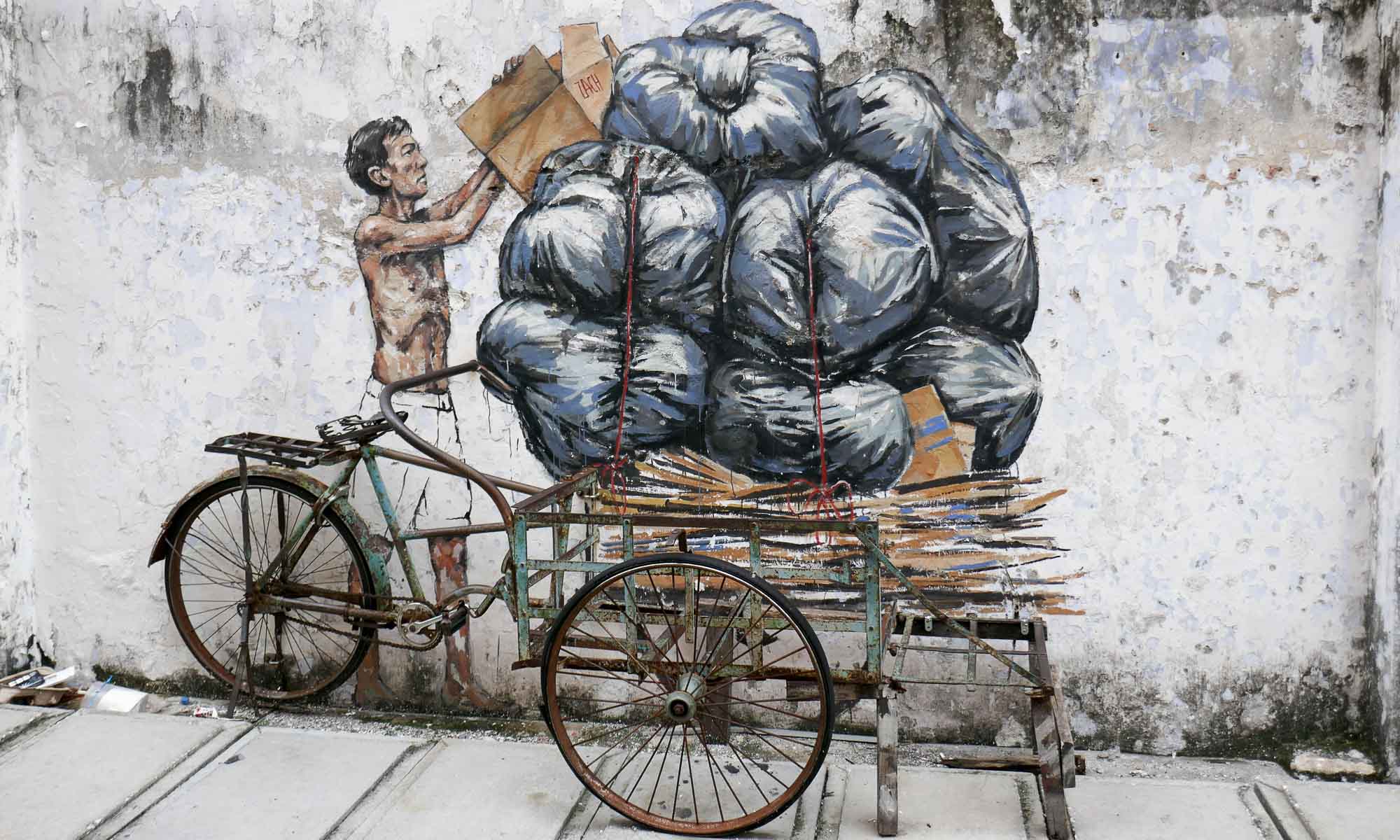



Ipoh heritage trail
The trail highlights 28 historical landmarks and should take approximately 2 hours to walk it leisurely. We did not have time to complete the full walk but landmarks we passed included: Ipoh Railway Station (known as the Taj Mahal of Ipoh), the War memorial, Ipoh Town Hall and Post Office, the High Court, The Royal Ipoh Club, Birch Memorial and the Concubine Lanes. (see map: http://db.ipohworld.org/photo/pdf/3875_wzhem140612.pdf)
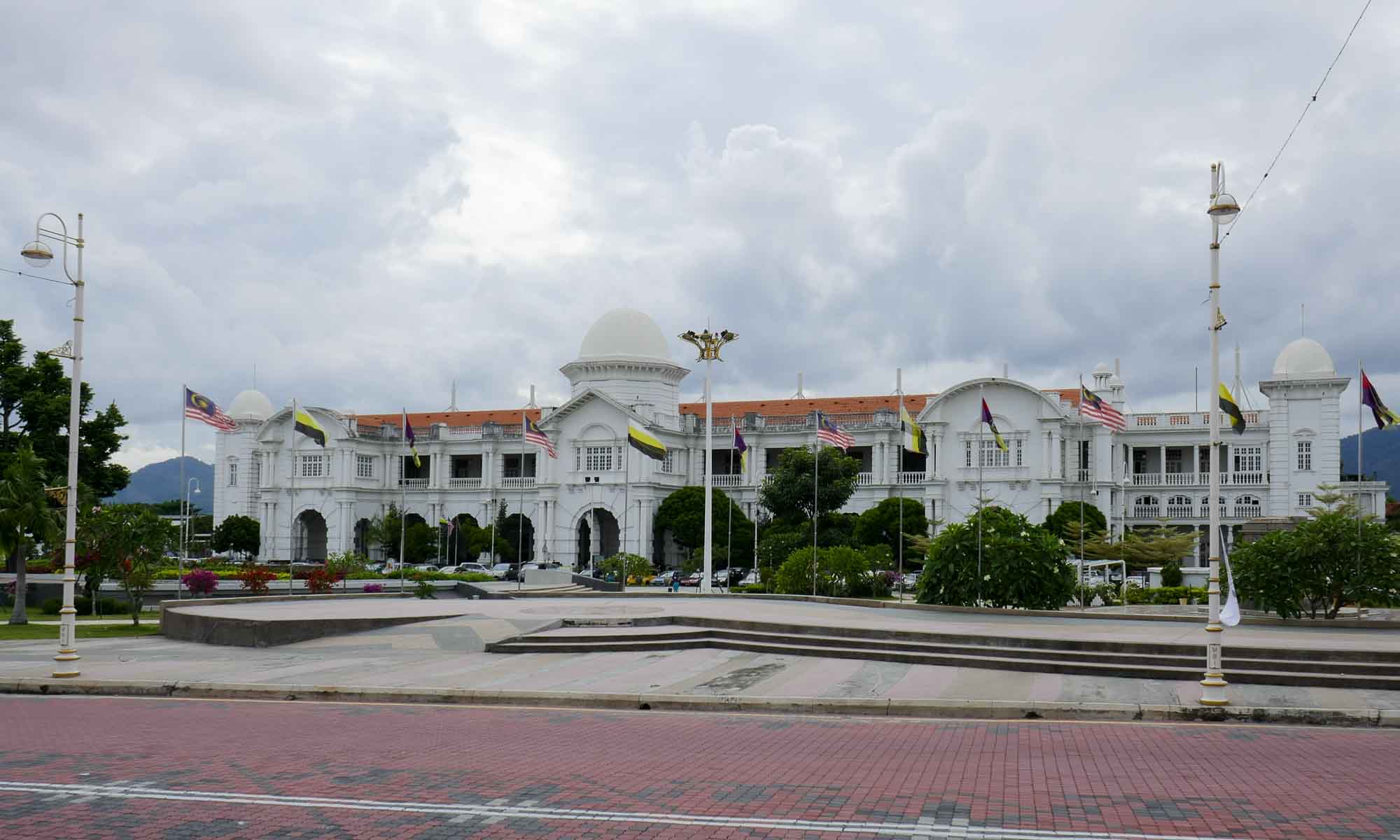
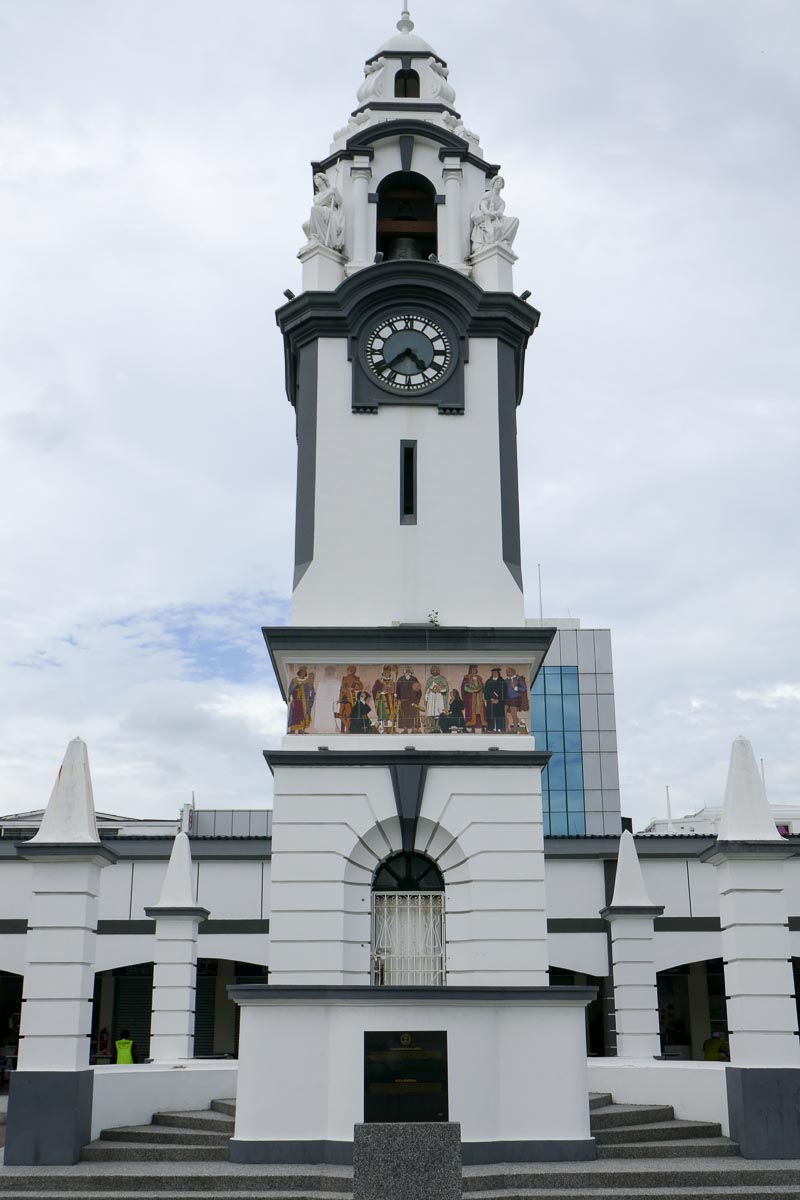
Concubine lanes
After the 1892 fire, a mining tycoon, Yao Tet Shin developed three lanes and gave them as gifts to his wives. These were known as the Wife Lane, the Concubine Lane and the Second Concubine Lane. The area around these lanes were known for their opium, casinos, and brothels. Today, the lanes have been redeveloped, and the houses refurbished, with each lane gaining a new name. The busiest of these lanes is the Concubine Lane, which has become a tourist attraction.
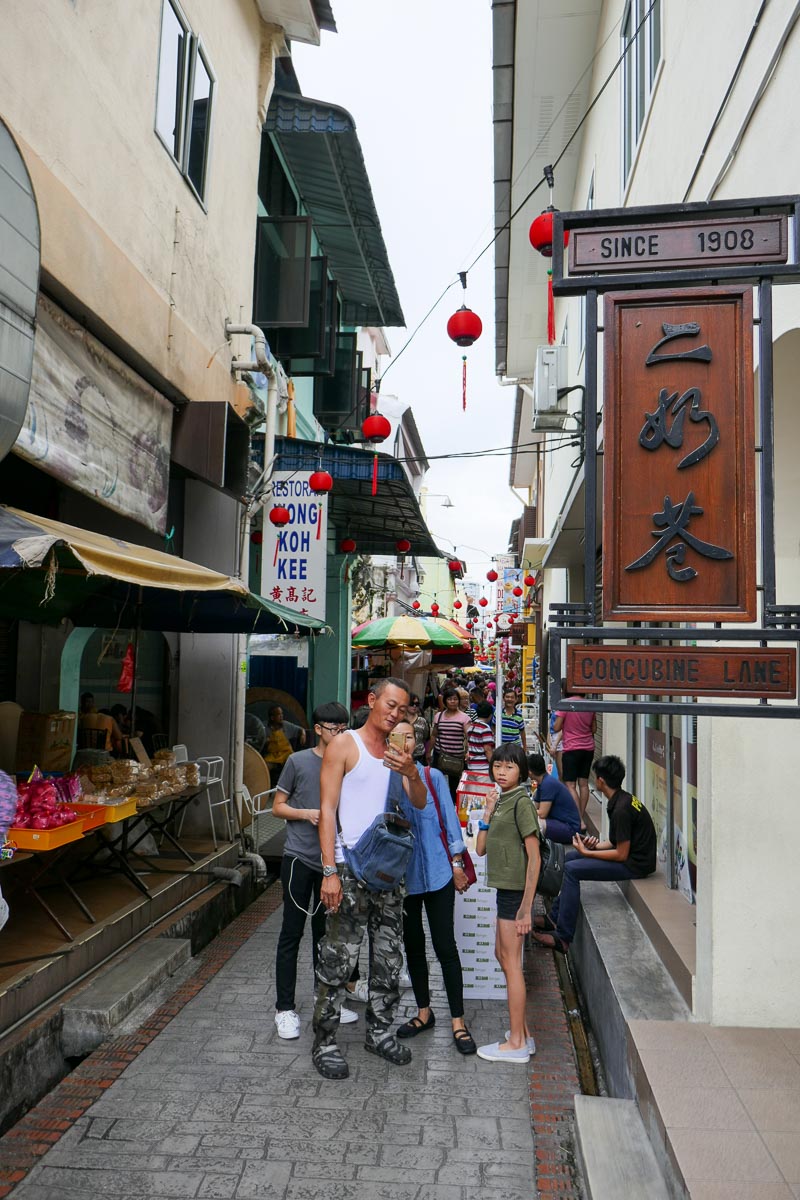
Sleeping in Ipoh
Our hotel for the night was the M Boutique Hotel which is within walking distance from the old town and the railway station. The concept of the hotel is to be a hotel highlighting the skills and personality of the youth of today. The decor of the hotel is quirky, with a theme for each floor. The rooms are on the small size, but every inch has been well utilized. The hotel is connected to the first OldTown White Coffee Grand in Ipoh, and the Myth eatery and bar. Breakfast was provided via the eatery, and as such was not an expansive as we expected and was strictly based on a menu card and a voucher system. For us, this was the only slight negative for the hotel.
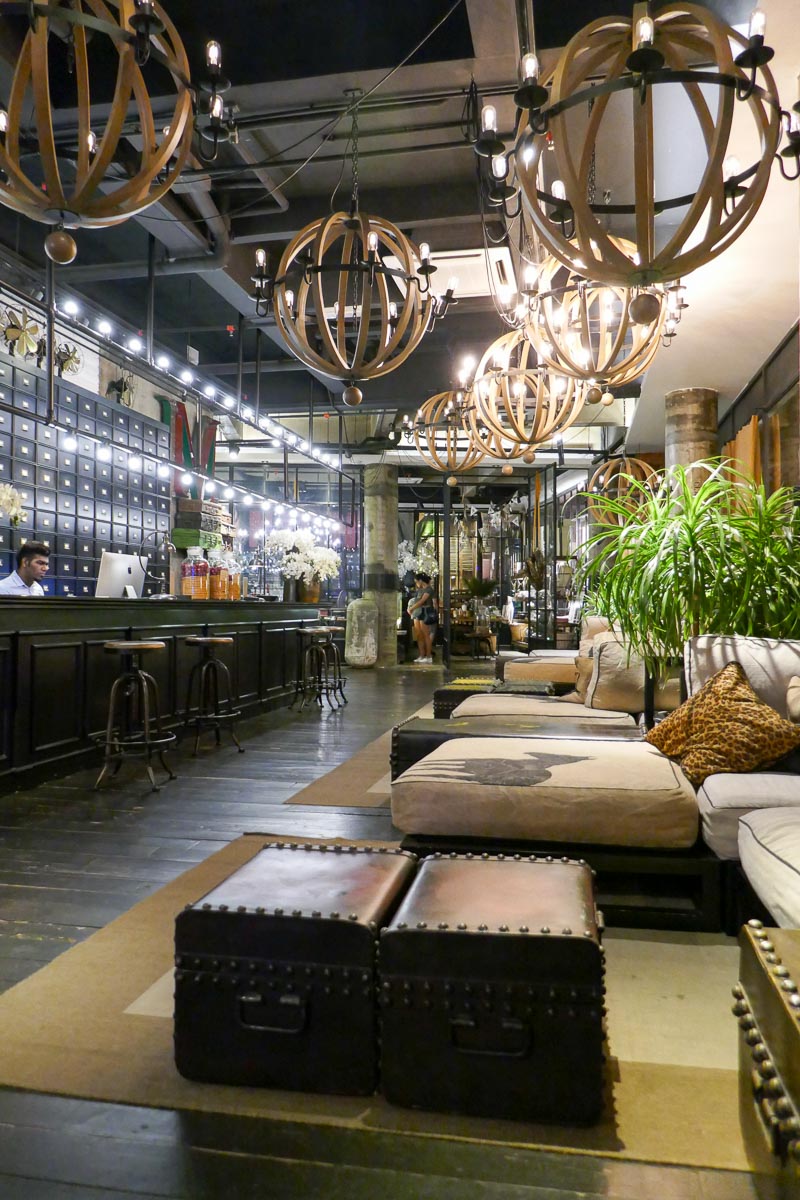
Getting to Ipoh
We took the train from KL to Ipoh and the journey lasted just over 2 hours. We had purchased the ticket to Ipoh a week earlier, since we wanted a specific train. In hindsight this was a good idea as the train, which stops at Ipoh and terminates at Butterworth (Penang) station, is a popular one and tickets regularly sell out.
Getting around Ipoh
Though we had a rental car, since we visited mainly the old town we walked everywhere. Going further afield we drove, though GRAB, Uber or taxis could also be used at reasonable prices.
